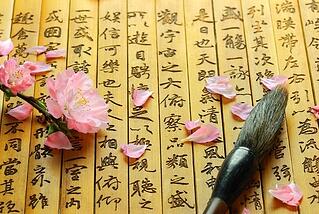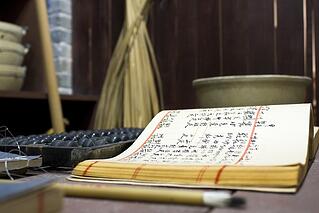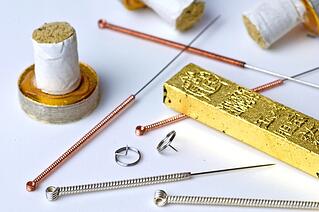Menu
- SITCM Overview
- Prospective Students
- Current Students
- Alumni
- Teaching Clinic
Thousands of years ago, a document termed as the Huang Di Nei Jing — Inner Canon of the Yellow Emperor or Esoteric Scripture of the Yellow Emperor — was created by Chinese herbalists and doctors as an all-encompassing resource for healing. Listing various Chinese remedies to treat or several ailments, the document also provides ancient medical advice that is based on living life via the way of The Tao. Ancient Chinese medicine believed that illness was the result of dysfunction between the yin and yang, the mind, body and spirit, and that through ingestion of a healthy diet, proper medicine, and following the ways of The Tao, one could bring about full inner and outer healing. It is widely known as the earliest, and most important work, of traditional chinese medicine in its history.

Back in 2010, this text was brought to UNESCO, the United Nations Educational, Scientific, and Cultural Organization, to be nominated for permanent inscription. There are several versions of the Huang Di Nei Jing, but the particular one nominated — to be inscribed in The Memory of the World Register – was printed, and published by Hu’s Gulin Sanctum hundreds of years ago in 1339 using a woodblock-printing technique.
In 2011, the Huang Di Nei Jing was accepted for permanent inscription and sits today as a true relic of medical history.
Essentially, UNESCO takes action for coordinating international cooperation in science, culture, education and communication. Its goal is to strengthen ties between societies and nations between these all-encompassing backgrounds in an effort to mobilise the public, from young to old. The effect, this provides is as such:
By allowing inscription, UNESCO has cemented the Huang Di Nei Jing as a text worthy of inspection and education, in their eyes. It brings about the tremendous historical context that gives us a look into the kind of depths, both physically and spiritually, the way of The Tao and the various medicines used at the time had on ancient Chinese societies. And to allow us to learn about several more philosophies and treatments that can be applied today in the world of 21st century, modern medicine.

Despite the fact that the Huang Di Nei Jing has existed for thousands is years, the text remains relevant and highly practical today. Australian Government funded HealthDirect states that several practices originating from Chinese medicine can prove effectiveness for helping the tretment of a variety of illnesses, such as:
And more.
But medicines, herbs and acupuncture are only an aspect of what can be done on a practical level for the healing process via an ancient, Chinese approach.

The Great Tao — an enlightened, spiritual way of living documented in the Tao Te Ching — is key in the process of the Huang Di Nei Jing. As mentioned previously, the imbalance is seen as key to the core cause of illness in Chinese medicine. Bring back balance using mindfulness, meditation and working with one’s energy through various resources, is necessary to understand our suffering, and thus bringing us to full health and vitality.
Are you looking to become a healer through such works as the Huang Di Nei Jing? At the Sydney Institute of Traditional Chinese Medicine, we offer courses detailing the Huang Di Nei Jing on your way to achieving your Bachelor’s Degree. Please contact us today to get started on your fulfilling career in healing.
Download our free guide – Studying Traditional Chinese Medicine: